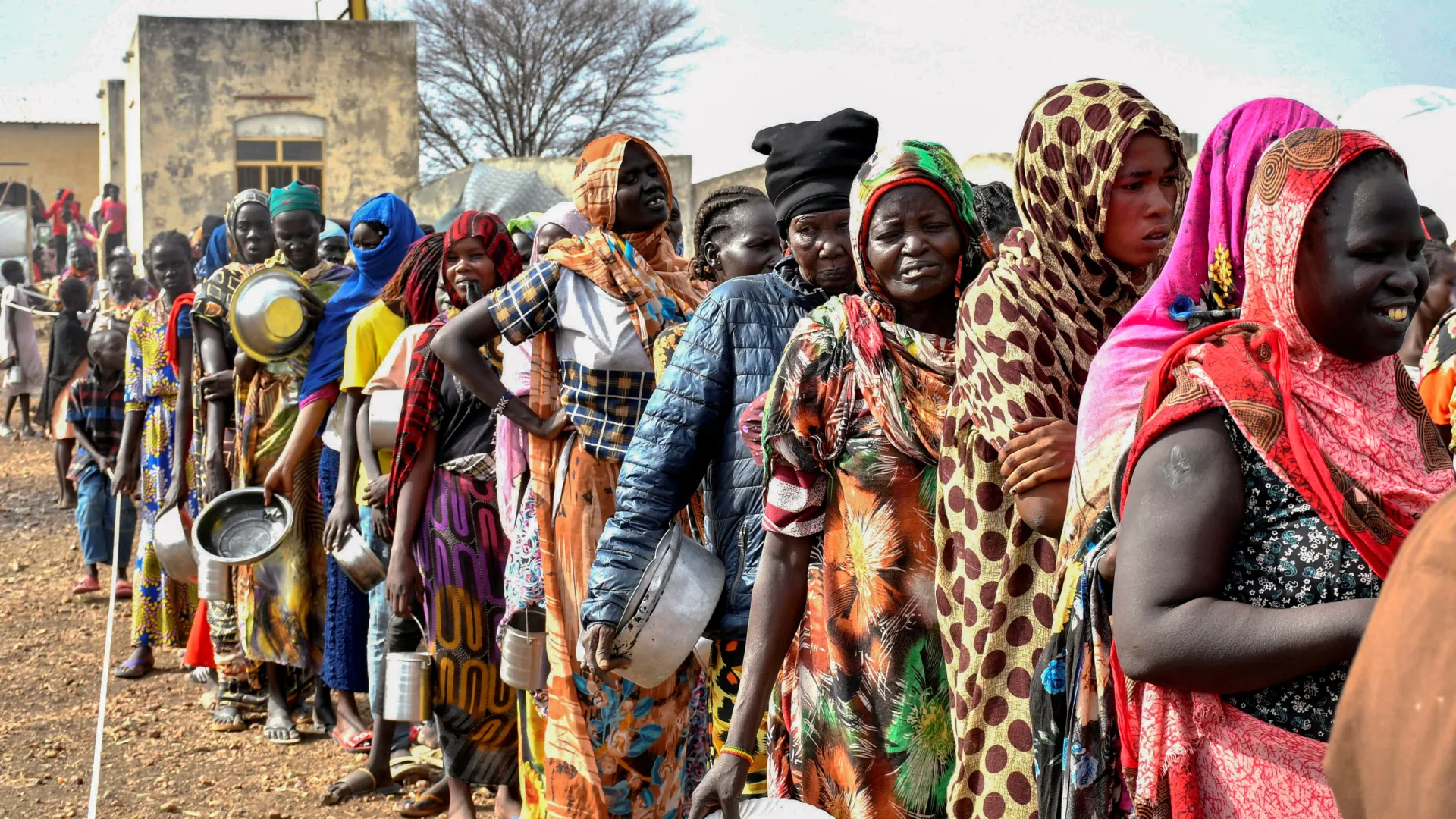South Sudan is experiencing a catastrophic humanitarian crisis placing millions in precarious conditions. Inter-communal violence and fighting between the two main political parties, the Sudan People’s Liberation Movement and the SPLM-In Opposition, have led to hundreds of thousands of deaths in the last decade and hundreds alone in the last few months.
Between September and November 2023, at least 323 civilians were killed, including 21 children. According to the United Nations Office for the Coordination of Humanitarian Affairs (OCHA), over 9.4 million people – or more than two thirds of the population – are in need of humanitarian assistance.
Two years after South Sudan gained independence in 2011, political infighting within the Sudan People’s Liberation Movement led to widespread violence in the streets of Juba, peaking in December 2013. Two factions, one loyal to the president and the other loyal to the vice-president, led fighting operations, re-opening deeply rooted and unreconciled political and ethnic tensions.
Multiple peace agreements were reached throughout the last decade, but they have been repeatedly violated. Humanitarian aid efforts have also been repeatedly obstructed, with aid workers often being targeted by the factions.
In addition, climate issues have exasperated conditions for affected populations. Floods and inadequate rainfalls are two of the many issues hindering agricultural endeavors and putting the food security and overall well-being of South Sudanese people in precarious situations.
In 2017, a famine was declared in South Sudan whereby 100,000 people were on the verge of starvation. Today, people are still at risk of dying of hunger, with the upcoming lean season between May and July being considered particularly threatening. This is the period when stores from the previous harvest are running low, while preparations for the next harvest are underway.
Competition Over Resources and a State of Impunity
Competition over resources remains one of the most prominent reasons for inter-communal fighting in the country.
On January 31, at least 38 individuals were killed after clashes between communities in Lakes State’s Alor area while cattle herders from Warrap State were looking for water and pasture.
A lack of adequate monitoring, accountability and law enforcement led to the widespread proliferation of arms exchange during the country’s civil war, which made weapons more accessible to the population.
It is the same state of impunity that accompanied a wide range of human rights violations committed throughout the last few years. Systematic sexual violence against women and girls, children involved in warfare, extrajudicial killings and other atrocities have been well documented by organizations such as Human Rights Watch (HRW). A few years ago, UNICEF’s “Child Marriage Country Profile” estimated that 1 in 2 young women in South Sudan were married off before the age of 18.
Massive Displacement
Around two million people remain internally displaced, while 2.23 million have fled to neighboring countries. In the last 10 months alone since April 2023, at least 541,888 have fled the war in Sudan to Renk, a town just across the border in South Sudan.
In Renk, conditions are also bleak, characterized by severe overcrowding and a transit centre that is hosting almost six times its capacity.


